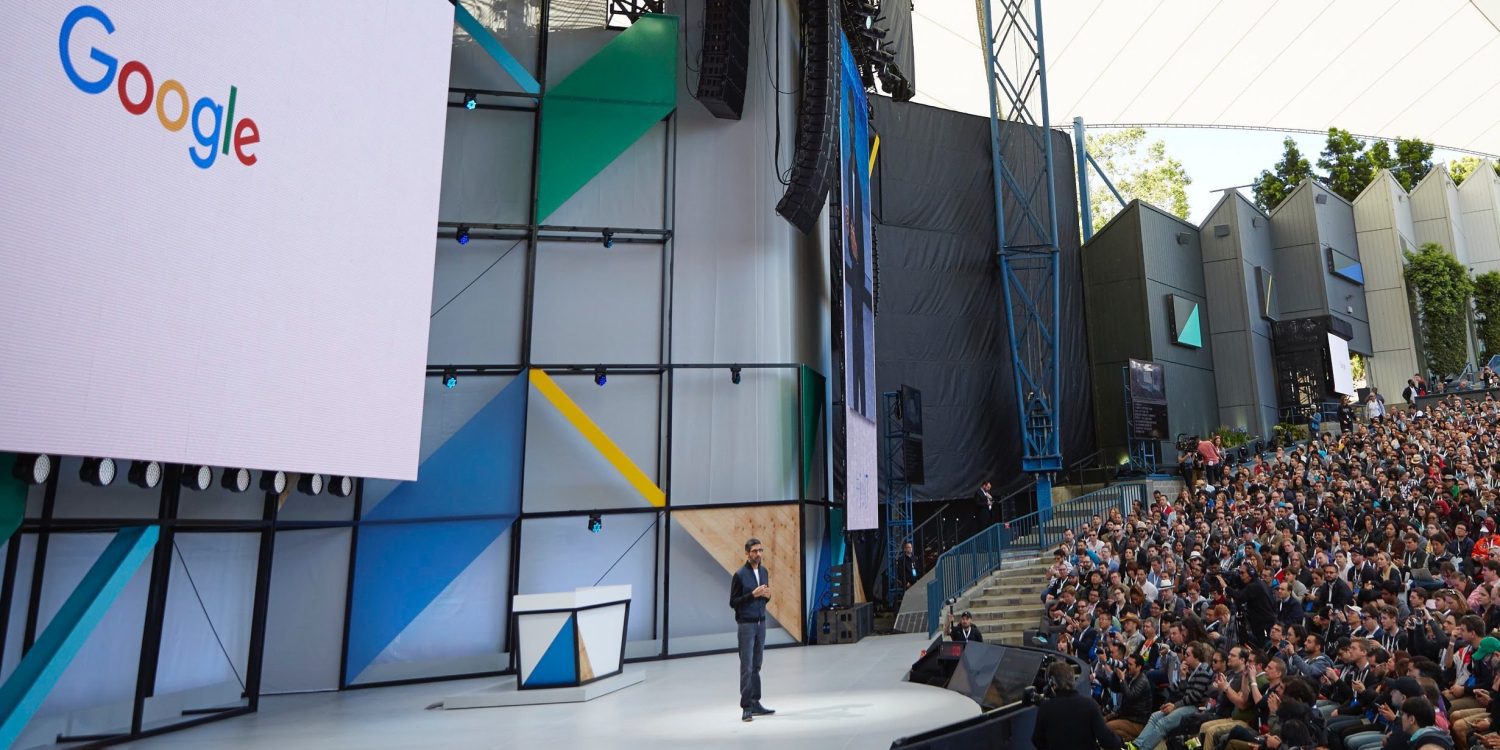Google I/O Is In!
We’ve talked about Google I/O being on the horizon here before, but we can do that no longer. It’s here! (Actually once it’s over we’ll probably immediately start writing about 2019’s event).
Yes, today marks the kickoff of Google’s 11th annual conference. And as such the entire Android population has a lot of stuff to talk about. Google I/O started off strong with its keynote mapping out some of the things to be discussed this year. Here are some of the highlights of day one:
Artificial Intelligence:
As with most other places these days, AI was one of the most used buzzwords at day one. It’s somewhat become an all encompassing term for any technological advancement that helps us. Despite this, Google separates itself from the pack by bringing some pretty cool new features to the table. Whether it’s self-writing emails or auto adjusting screen brightness to your preference, Google is working on slipping AI into every part of our days.
Actually it’s so much cooler than that. In the video above at 3:10 you can watch the Google Assistant play as your personal secretary. It makes a call to a local hair salon and books an appointment without the person on the other end ever realizing they’re talking to AI. Scary cool.
Android P:
There’s been lots of hype about Android P in the past few months, and we got to see more today. With it’s 3 key themes of Intelligence, Simplicity, and Digital wellbeing, Android P seeks to one up everything else already in your hand and provide a predictive, pleasant experience. We’ve talked before about some of the new features coming with Android P, and today that list only gets longer.

Adaptive Battery is a feature aimed to conserving battery life by using (you guessed it) AI. It studies your app usage patterns and then can dedicate more battery power to conserving the things that you will likely be using in the near future. Along with this comes the Adaptive Brightness feature I mentioned above where your screen will auto-adjust given your preferences.
Not only does P look to alleviate your battery strain under the hood, but it uses its predictive analytics to bring apps you’re about to use to the forefront. P is currently available on a select few devices (9 total), and if you’re interested in downloading it click here. If you’re unsure what you’re doing and want support with flashing your phone, then check out our Smartphone Tech Course over at Phonlab. Otherwise stay tuned and we’ll post a guide in the near future.
Augmented Reality:
As for the other big buzzword topic, Augmented Reality had some cool new features to display. Maps have been souped up with the newest computer vision features to recognize where you’re looking in the real world and flash both directional arrows for guidance as well as information about local places. If you’re walking down the street and a restaurant catches your eye, say goodbye to opening up yelp and searching for its reviews.
The camera has also become greatly enhanced with its new capability to recognize where things are in the real world in terms of depth perceptions. Moving your phone around your room, office, or down the street you’re able to get live estimates of how far away things are. This is sure to be crucial in a lot of coming apps.
There’s a lot more to come in this year’s Google I/O, and we’ll keep you updated here. Is there anything in particular you want us to go more in depth on? Comment below and we’ll give you all the info you could dream of!


Super Fans always leave a comment :-)